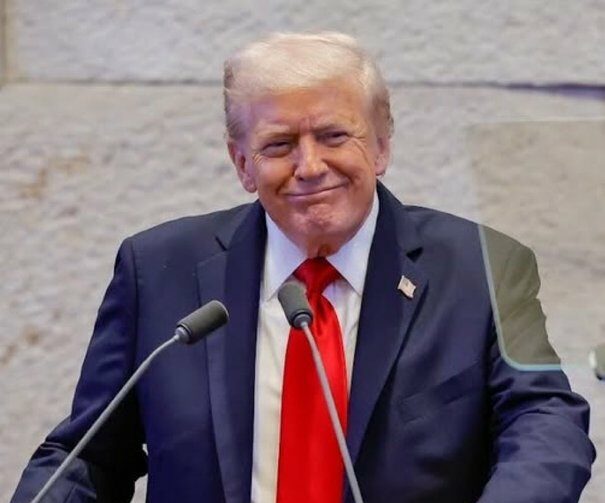U.S. President Donald Trump on Friday reversed a Biden-era air pollution rule that had imposed stricter limits on emissions from copper smelters.
The copper rule, finalized in May 2024, had required smelters to curb pollutants including lead, arsenic, mercury, benzene and dioxins under updated federal air standards.
Trump’s proclamation grants a two-year exemption from compliance for affected stationary sources, which the White House said would help promote American mineral security by reducing regulatory burdens on domestic copper producers.
“Imposing these requirements on such a limited and already strained domestic industry risks accelerating further closures, weakening the Nation’s industrial base, undermining mineral independence, and increasing reliance on foreign-controlled processing capacity,” the White House said in announcing the changes.
The proclamation referenced the two copper smelters in the United States, one operated by Freeport-McMoRan (FCX.N), and the other by Rio Tinto (RIO.L). It stated the order would apply to Freeport’s smelter and it was not immediately clear how it would affect Rio Tinto’s facility.
Phoenix-based Freeport thanked Trump and said the two-year exemption shows copper’s importance for national security.
“This action acknowledges the operational realities facing domestic copper smelting and provides needed time to assess and plan for appropriate regulatory reconsideration of the Copper Rule and future implementation,” a Freeport spokesperson said.
Rio did not respond to a request for comment.
Trump signed an executive order earlier this year that identified copper as a critical material for defense, infrastructure and emerging technologies, including clean energy and electric vehicles.
It led to a Section 232 investigation to determine whether copper imports threaten U.S. national security, particularly due to dependence on a small number of foreign suppliers.
Following the review, the administration imposed a 50% tariff on certain imported copper and mandated that an increasing percentage of high-quality scrap copper produced in the U.S. be sold domestically.

